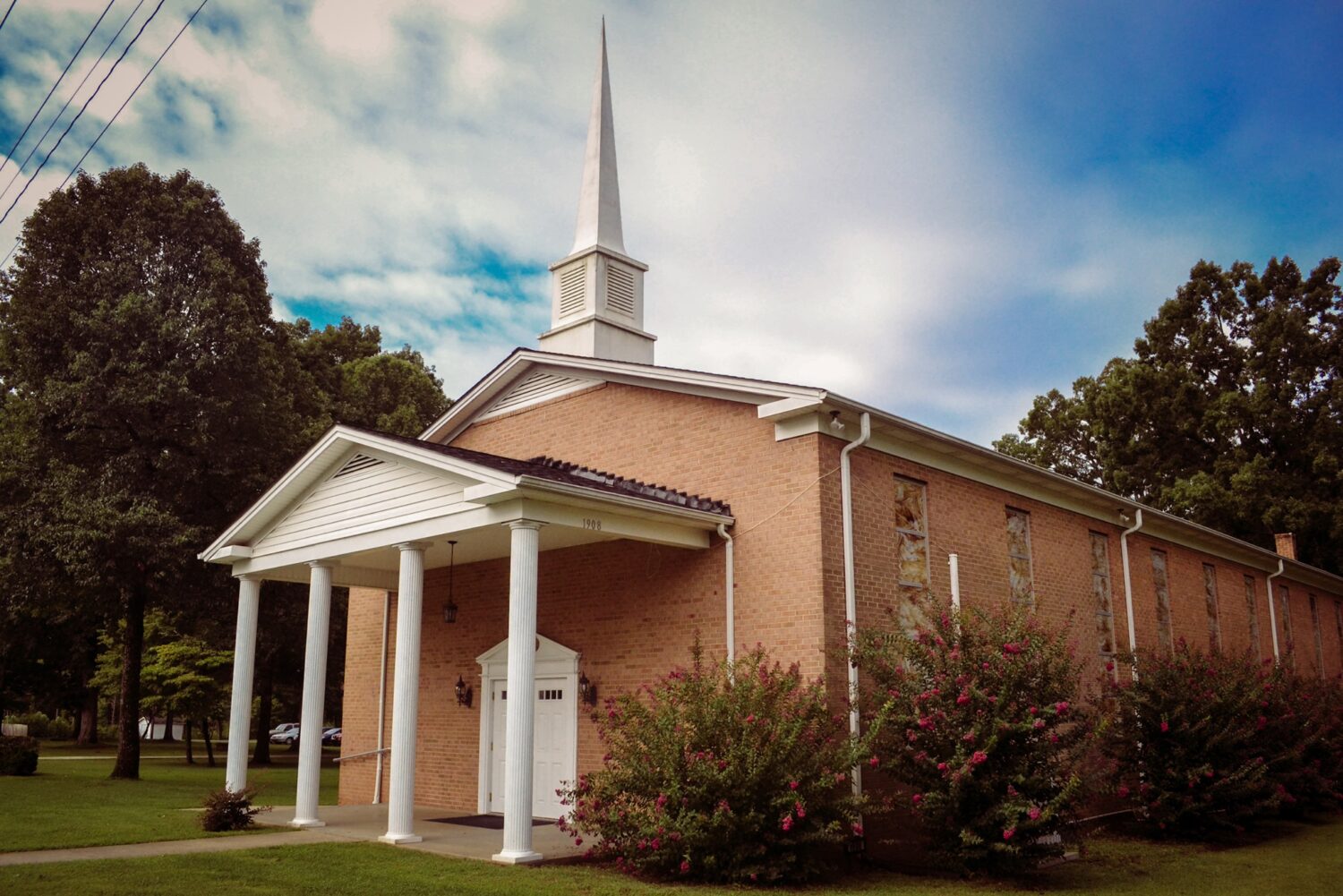The Great Awakenings
The First Great Awakening: 1735–1745… was a period in our history when re-vival spread throughout the colonies and people were drawn to prayer and a greater spiritual experience. This was a time when American colonies were ques-tioning the role of the individual in their Christian walk and their role in society. This was a time of enlightenment, which emphasized the power of each individ-ual to understand the approach to salvation and the power of prayer. Great men such as Jonathan Edwards and George Whitefield were key Americans who preached for close to ten years in New England colonies with an emphasis on the personal approach to religion. These men helped unify the American colonies and helped the Great Awakening spread through the work of numerous preach-ers and revivals. This movement fulfilled people’s need for reassurance, direc-tion, and religious purpose. People became united in the understanding of their Christian faith and life.
The Second Great Awakening… was a Christian revival movement during the early nineteenth century in the United States. It began around 1800 and gained momentum by 1820. The movement expressed a theology, by which every per-son could be saved through revivals. Many converts believed that the awakening heralded a new millennial age. This awakening stimulated the establishment of many reform movements designed to remedy the evils of society before the sec-ond coming of Jesus Christ. During this time in history, church members soared. The Methodist circuit riders and local Baptist preachers made enormous gains. In the newly settled frontier regions, the revival was implemented through camp meetings. Each camp meeting was a religious service of several days’ length with multiple preachers. They were committed to individuals achieving a personal relationship with Jesus Christ. This Awakening had a profound impact on Ameri-can religious history. The membership numbers of the Baptist and Methodists grew dramatically during this period in history. The application of Christian teaching to social problems was commonplace during the early part of the nine-teenth century.
The Third Great Awakening… Religion played a dominant role in American his-tory. Protestant denominations had a strong sense of social activism. They devel-oped the postmillennial theology that the second coming of Christ would come after the entire earth had been reformed. Social issues gained momentum from the awakening, as did the worldwide missionary movement. This was a time in history that the mainline Protestant churches were rapidly increasing in number. As the members grew, so did their wealth and educational levels. Focusing on reaching the unchurched in America and around the world, many built colleges and universities to train the next generation. In society, the role of a missionary was held in high regard.
